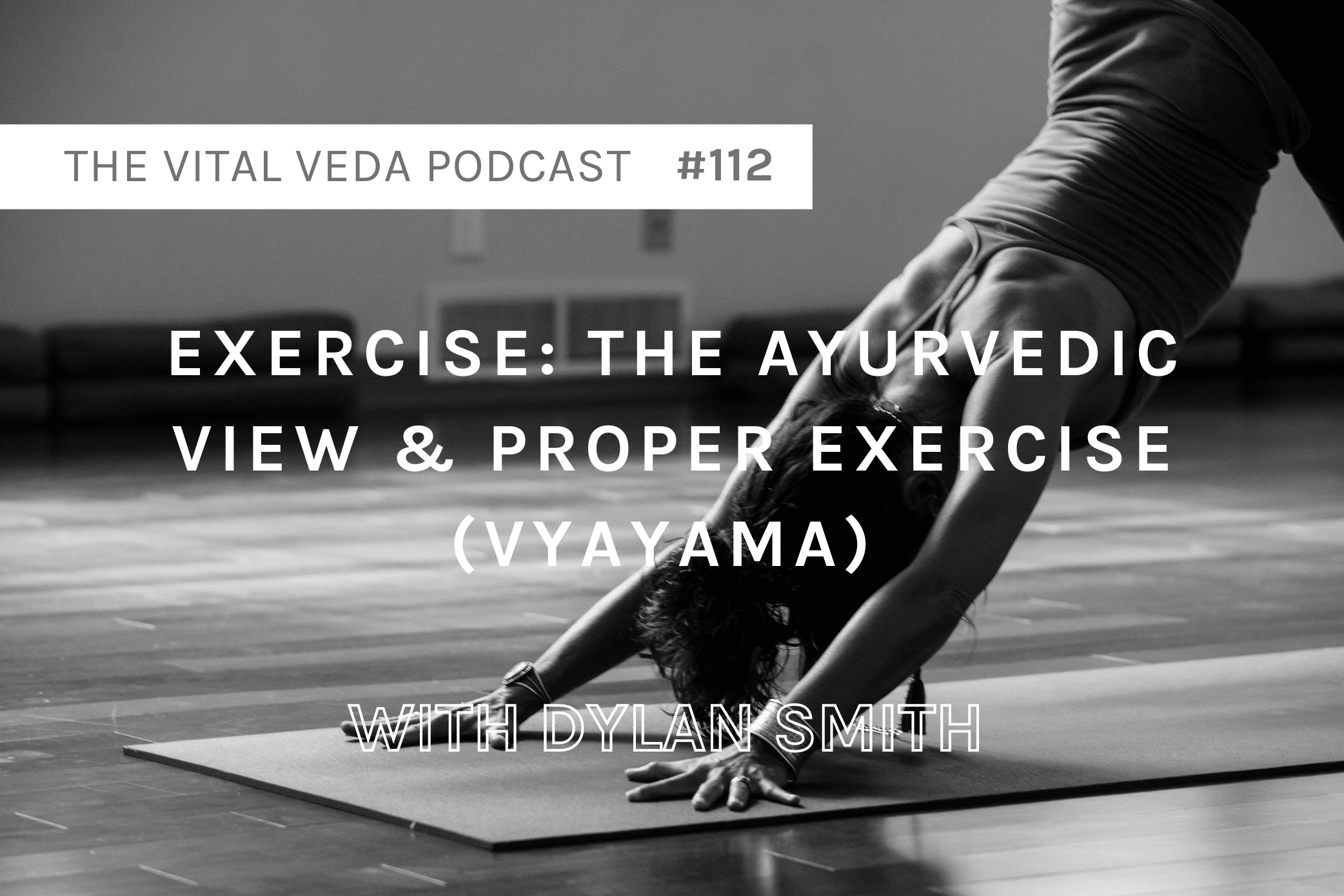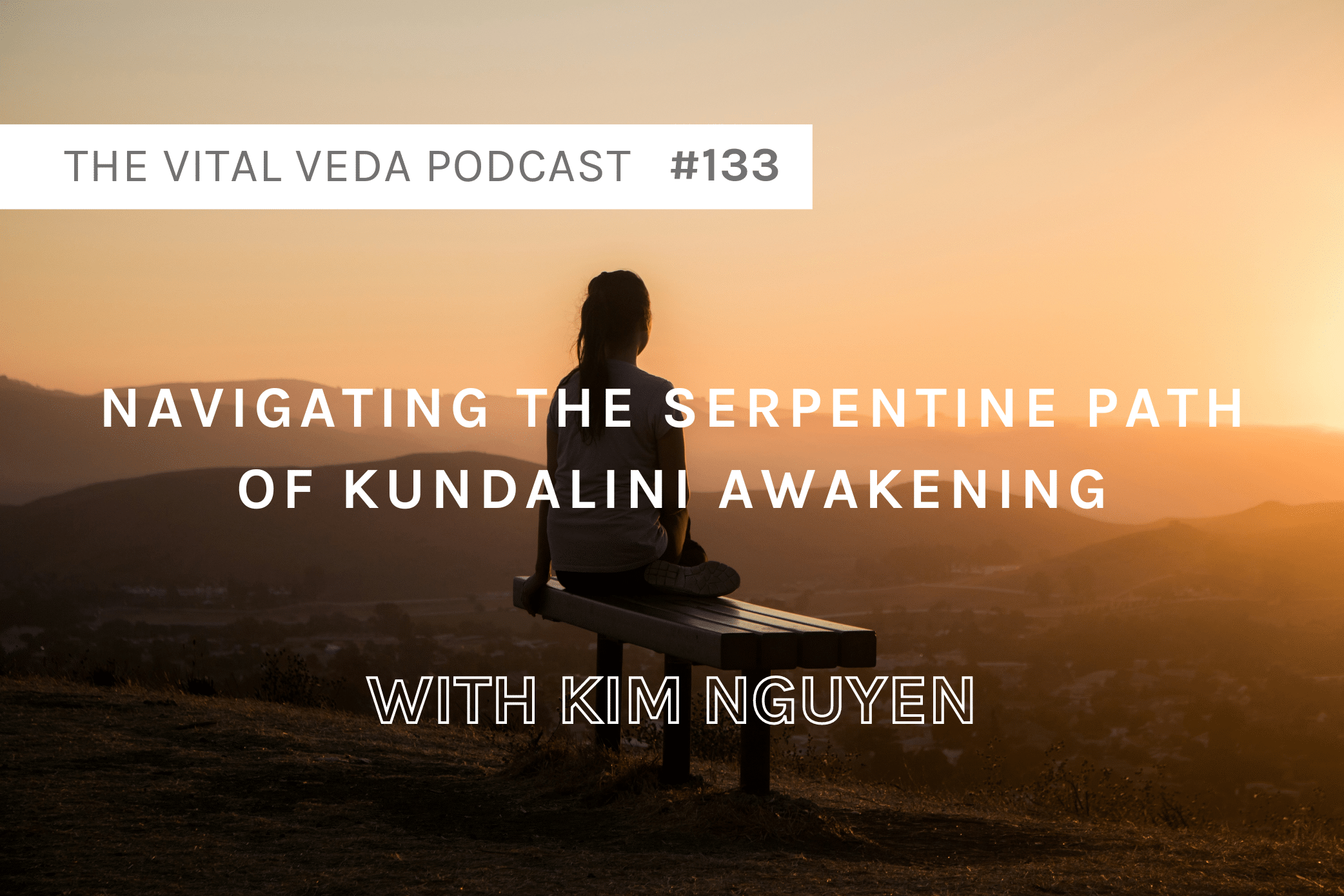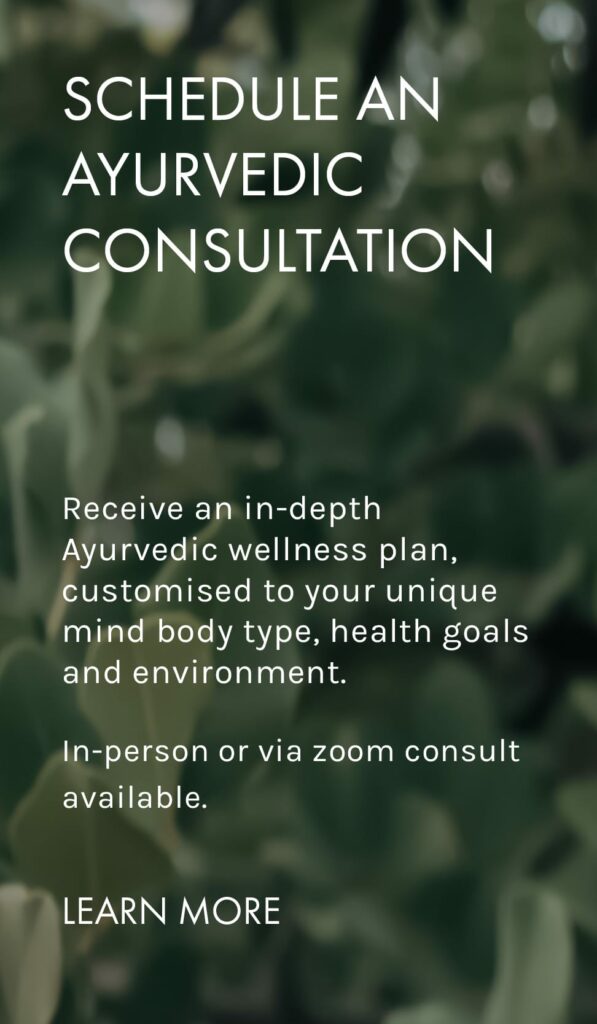Beyond inflated six packs and good looks, although those physiological changes may manifest, the ancient Ayurvedic seers shared physiological benefits of proper exercise, and how to reap the results, all in the name of health.
They also shared how to do this without potentially damaging your physiology, as improper exercise is currently quite persistent in our modern day culture.
In fact, what a lot of people are practicing in the gyms today would be more appropriately referred to as “body-building” or increasing heart-rate and stressing the body out.
While these practices may provide some benefit, I want to share with you the principles of Ayurveda, the laws of Nature, and how you can integrate that knowledge into your exercise routine.
Because a fact of reality is that every body, every body’s needs and every type of movement and exercise is different and unique.
Utilising Ayurvedic principles can support you to get the most out of the movement practice that you gravitate towards and enjoy.
IN THIS EPISODE WE DISCUSS:
Table of Contents
Benefits of Proper Exercise (Vyāyāmā)
lāghavaṃ karmasāmarthyaṃ dīpto ‘gnir medasaḥ kṣayaḥ |
vibhaktaghanagātratvaṃ vyāyāmād upajāyate ||
– Astanga Hṛdaya, Chapter 2
- Exercise brings lightness – body and mind
- Improves bodily work capacity – karmasāmarthyaṃ – stamina and capability to perform physical actions, and mental actions.
- Increases agni
- Burns fat. – medasaḥ kṣayaḥ – improves metabolism
- Proper exercise brings the body into good shape.
- Gana (solid) and well build (gātratvam).
- Vital and strong. Nourished and complete – ghanagātratvaṃ
- cardiovascular health
How You Should Feel After True Exercise
- You shouldn’t feel excessively hungry or even thirsty, but “nourished” – ghanagātratvaṃ – later we will speak about obtaining prāṇā from exercise.
- you shouldn’t feel tired, but energised – laghavam – feeling light and energetic
- You shouldn’t be breathless, but calm, soft and effortless breath
- Your heart shouldn’t have a racing and pumping heart, but harmoniously regular heart rhythm.
People Who Should Not Exercise
- vātapittāmayī – Vata and Pitta diseases – includes being sick etc.
- bālo – children. Vyāyāmā increases Vata (-K). And you do not want this in the kapha kala of like (childhood).
- vṛddho – elderly people – don’t want to increase vata in vata age.
- ajīrṇaś – food not digested. The ama is distributed all over, so should not disturb that.
Symptoms of Excessive Exercise (Ativyāyāmataḥ)
tṛṣṇā kṣayaḥ pratamako raktapittaṃ śramaḥ klamaḥ |
ativyāyāmataḥ kāso jvaraś chardiś ca jāyate ||
- tṛṣṇā – excesive thirst
- kṣayaḥ – emaciation
- pratamako śvasa – COPD (Chronic obstructive pulmonary disease), breathing disturbance
- raktapittaṃ – pitta and rakta vitiation
- śramaḥ – exertion
- klamaḥ – not feeling well
- kāso – cough
- jvara – fever
- chardiś – vomiting
Harmful Effects of Frequent Excessive Practice
vyāyāmajāgarādhvastrīhāsyabhāṣyādisāhasam |
gajaṃ siṃha ivākarṣan bhajann ati vinaśyati ||
Longevity will perish, just as a lion perishes after vanquishing an elephant, this will affect your ayuṣ (longevity) and overall energy.
Reduces ojas (vital energy)
How to Exercise Properly
vātapittāmayī bālo vṛddho ‘jīrṇaś ca taṃ tyajet |
ardhaśaktyā niṣevyas tu balibhiḥ snigdhabhojibhiḥ ||
śītakāle vasante ca mandam eva tato ‘nyadā |
taṃ kṛtvānusukhaṃ dehaṃ mardayecca samantataḥ ||
- Ardhaśaktyā – half the capacity/energy. – should be conserved for bodily functions to be maintained.
- Ardhabala – one should not use the body’s whole energy for work or exercise, or anything.
- Best measurement – Sweating on forehead. If in cold countries you may not have sweat, go to half energy.
- When your body is strained, all the dhatus are strained. When they are strained, you require rest. But if you are not giving enough rest, dhatu kṣaya (state of malnutrition at micro-cellular level) comes more.
- The body needs energy to absorb nutrients
- Snigdhabhojibhiḥ – those who are taking a lot of fatty foods can exercise more.
WHEN to Exercise (kāla)
- During the cold season (śītakāle), you can do more exercise. – agni is inside.
- Exercise on light stomach, after bowel motion. Not after a thick protein shake.
- Mardana – some slight pressing, brief-firm pressing massage on arms and legs after exercise to help the muscles relax. This enhances circulations and promotes health of the srotas.
- Taking fresh air and sun rays is one of the vyāyāmā.
- Parasympathetic vs Sympathetic Nervous Systems.
- Nasal breathing vs. mouth breathing.
Life-Affirming Types of Exercise
- Yoga – even with yoga one must be careful to not do in excess.
“Yoga properly done is mainly a rejuvenation process, not a detoxification process. Yoga practice is ultimately more a way of non-doing than doing. It is more a way of undoing. It is doing less, turning within, letting go, and surrendering. Yoga means discovering the healing essence that can draw us to a higher awareness naturally, in which we can let go of our stress, our anxiety, our negativity, our traumas, all these emotional factors that disturb us. Inner yoga is that in which we move from activity to surrender and to cultivating the flow of grace. For deeper practices, we emphasize the soma side of yoga – such as restorative yoga, meditation, pratyahara, yoga nidra – yoga nidra is very important for helping us to contact our inner nectar. These deeper aspects of yoga are the calming, rejuvenating aspect of yoga that calms us down, take us within and brings us to a place of non-doing and pure centeredness.”
~ Dr. David Frawley
- Swimming
- Walking – especially for blood sugar and diabetes.
- Qi Gong / Tai Chi
- Sūrya Namaskar (Sun Salutations)
- Dynamic movements – not straight edged, right angle movements. For hydration.
- Running:
- Please avoid hard surfaces like concrete.
- Stick to sand and grass.
- Dynamic running
Breathing During Exercise & Prāṇāyāma (Breath Control)
Oxygen is so important, and is closely related with each yoga asana (posture).
Air from the nose goes into the akaśa (space in lungs) – then goes into the inverted lotus (heart) – then is disturbed throughout the whole body.
This increases energy and metabolic activity, and strengthens the organs and sensory organs.
~ Sāraṅgadhara – Amaba Sishada Shidanta.
Energy generated from prāṇā (breath) is much more than the energy you will generate from food.
- Prana = life
- Ayama = stretching / increasing.
- Pranāyama (breath control) is a very good (free) rasāyana (rejuvenator).
Nasya + Pranāyama is an exercise.
RESOURCES:
- True Exercise and Real Modern Yoga with Simon Borg-Olivier #002 – our first interview on the VV Podcast!
- Just Breath: Science of Breathing for Optimal Health | The Breathing Diabetic (Nick Heath) #072
SUPPORT THE SHOW
Please leave me a comment below (I love to read every single one).







